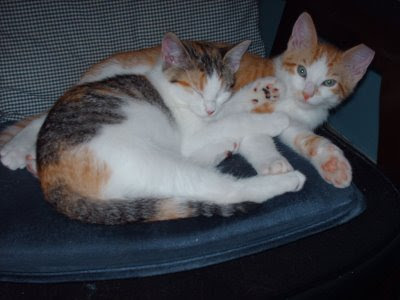
Rhubarb was a constant in my childhood gardens, first in Connecticut and later in Ohio. The plants were robust, the stems thick and red, and the flavor sourly perfect.
I've been trying to recreate that memory for the past fifteen or twenty years, to no avail. Above is this year's rhubarb "patch" (consisting of one pitiful plant).
I'm not sure what the variety is, just something I acquired on a whim at a big box store. It starts out early and substantial, but quickly goes to seed, gets eaten by bugs and produces anemic, green stems. I'd need forty-two plants to make a single rhubarb crisp.
There used to be another variety in the recovery garden, something I bought through a mail-order catalog. It was smaller and slower to emerge in the spring, but the stems were intensely red and flavorful. They weren't particularly winter-hearty, and disappeared within a few years.
I'd been blaming the failures on myself: I should have mulched the cold-susceptible variety better, I should have weeded and de-bugged the hearty variety better, I should have done something. I've come around to believing that it wasn't entirely about me.
The rhubarb in my childhood gardens was pretty neglected. Plunked into unimproved ground haphazardly, weeded occasionally, and harvested ruthlessly. No fertilizer, no babying, no angst. It still thrived.
I'm hoping to get a new variety for the recovery garden for next year's crop. Not just any variety, either, but a division from the original source of the plants grown in my childhood gardens!



